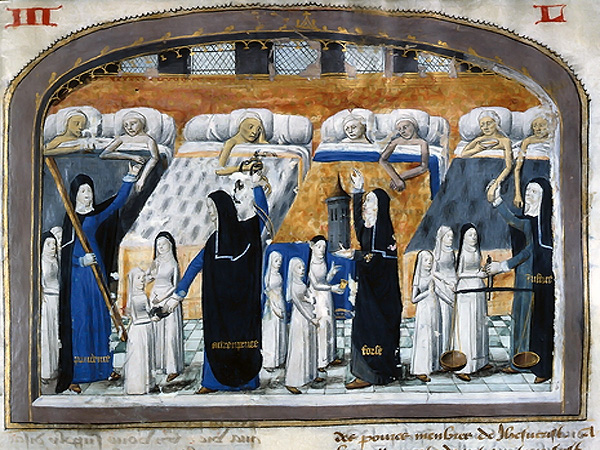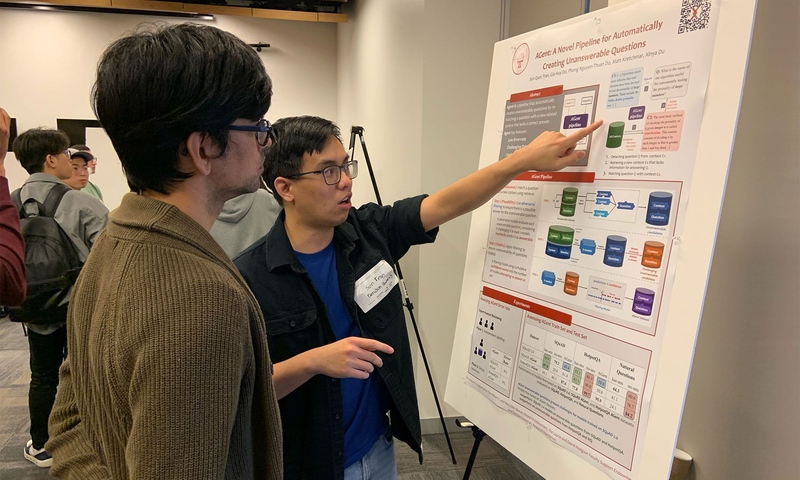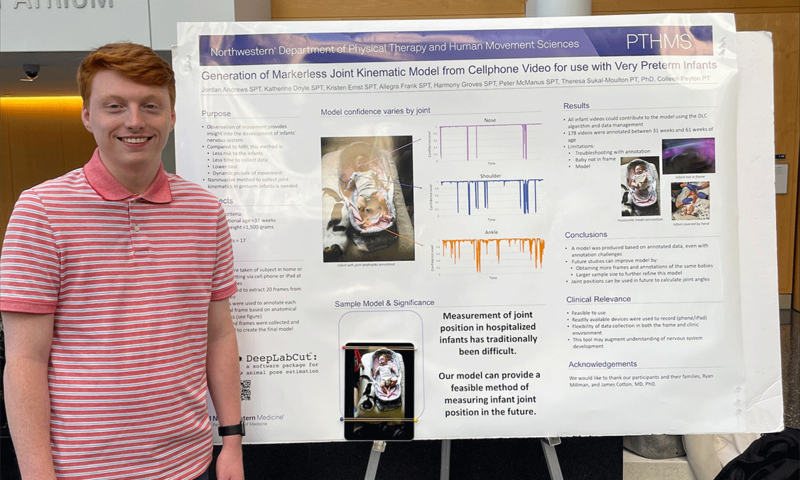Adam Davis is a historian whose research causes him to straddle centuries on a daily basis.
Sweet Charity & Medieval Guilt
August 21, 2013

Now, the associate professor has received a yearlong fellowship from the National Endowment for the Humanities to dig deeper into the 12th and 13th centuries in Champagne, France. Davis will study hospitals, wills, charitable practices of the day, and even medieval guilt.
On the face of it, examining the source documents of medieval French hospitals doesn’t sound like uncovering King Solomon’s mines, but Davis begs to differ. He says he’s actually studying a previously unknown charitable revolution.
In earlier times, monasteries provided care for the poor and sick. But during the 12th and 13th centuries, wealthy laypeople founded hundreds of hospitals to provide for Europe’s needy. In the Middle Ages, hospitals were multifunctional religious institutions—almost a hybrid between a shelter, nursing home, and inn—housing the sick, poor, and powerless, as well as travelers.
“By the 13th century, hospitals had become one of the most popular recipients of charitable bequests,” says Davis. “In a number of regions, well over half of testaments, left by people from all cross-sections of life included bequests for hospices, hospitals, and leprosaries (quarantined houses for patients suffering from leprosy).”
The upsurge in charitable giving to these institutions was powered by many factors, including a yearning to be pious and obtain salvation, as well as a desire to be seen as charitable. And, in light of the rising economy of the time, another element strongly influenced giving. Today we think of that element as guilt.
“Charitable giving was thought to provide moral justification for profit-making,” says Davis, who has taught in Denison’s history department since 2003. “The foundation of so many hospitals in the 12th and 13th centuries was a manifestation of the tension between traditional Christian morality and the new profit-oriented, proto-capitalistic economy. Increases in philanthropy can be interpreted as an expression of guilt and new sense of social responsibility associated with a society increasingly preoccupied with acquisition.”
But we have to think beyond our cynical 21st century point of view when analyzing this phenomenon. Davis says this era also may have seen the birth of cultural compassion.
Medieval spirituality was evolving. People were hearing sermons and seeing religious art about the suffering of Jesus and the compassion of Mary.
“Consider the relationship between empathy and developments in religious devotion,” Davis says. “The faithful had personal relationships with the suffering Jesus and compassionate Mary. These developments made it easier for medieval Christians to empathize with a suffering stranger; or to see themselves, a family member, or even Jesus in the afflicted.”





